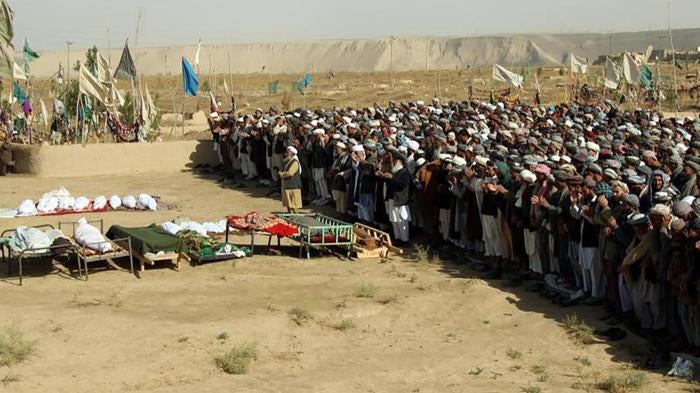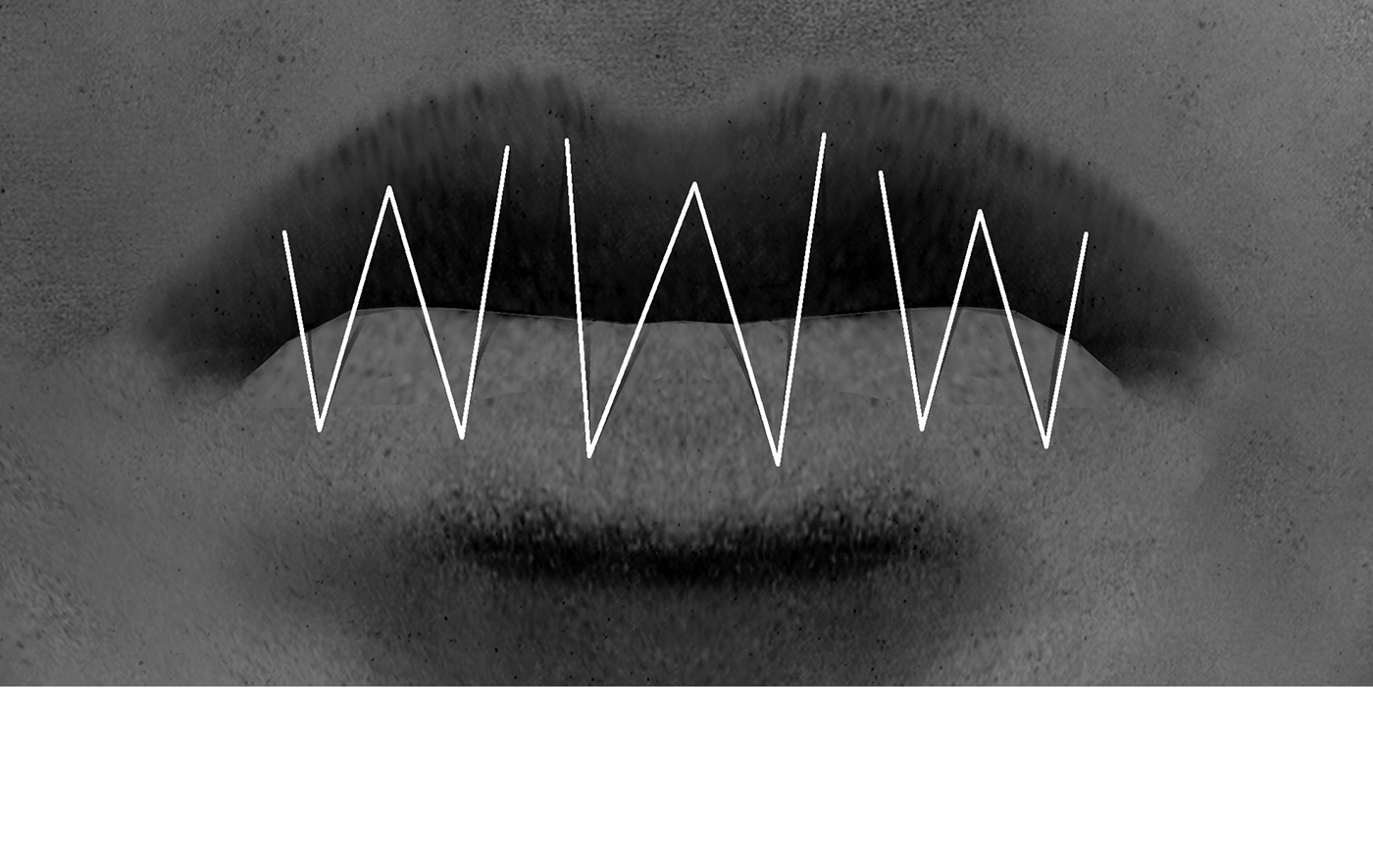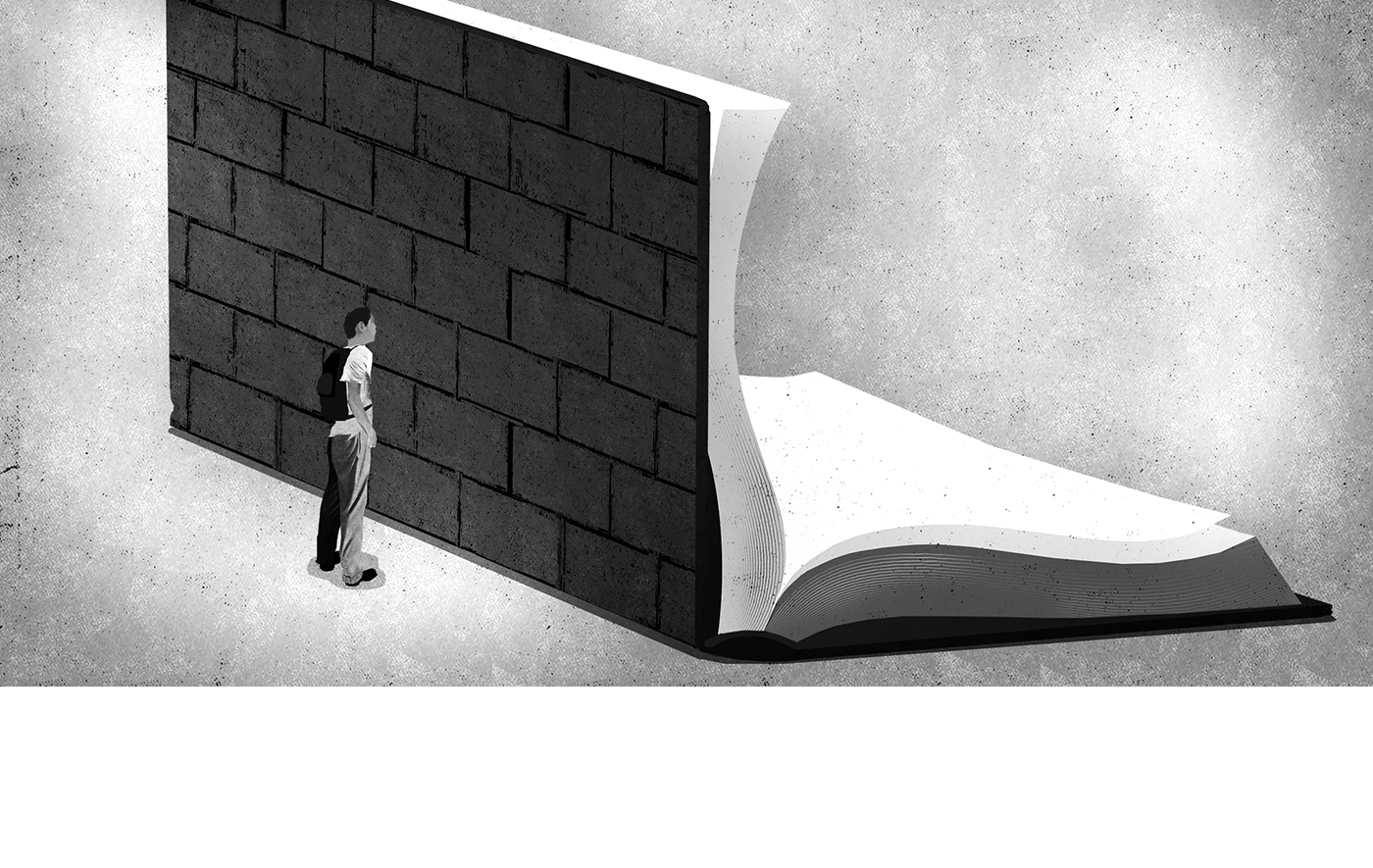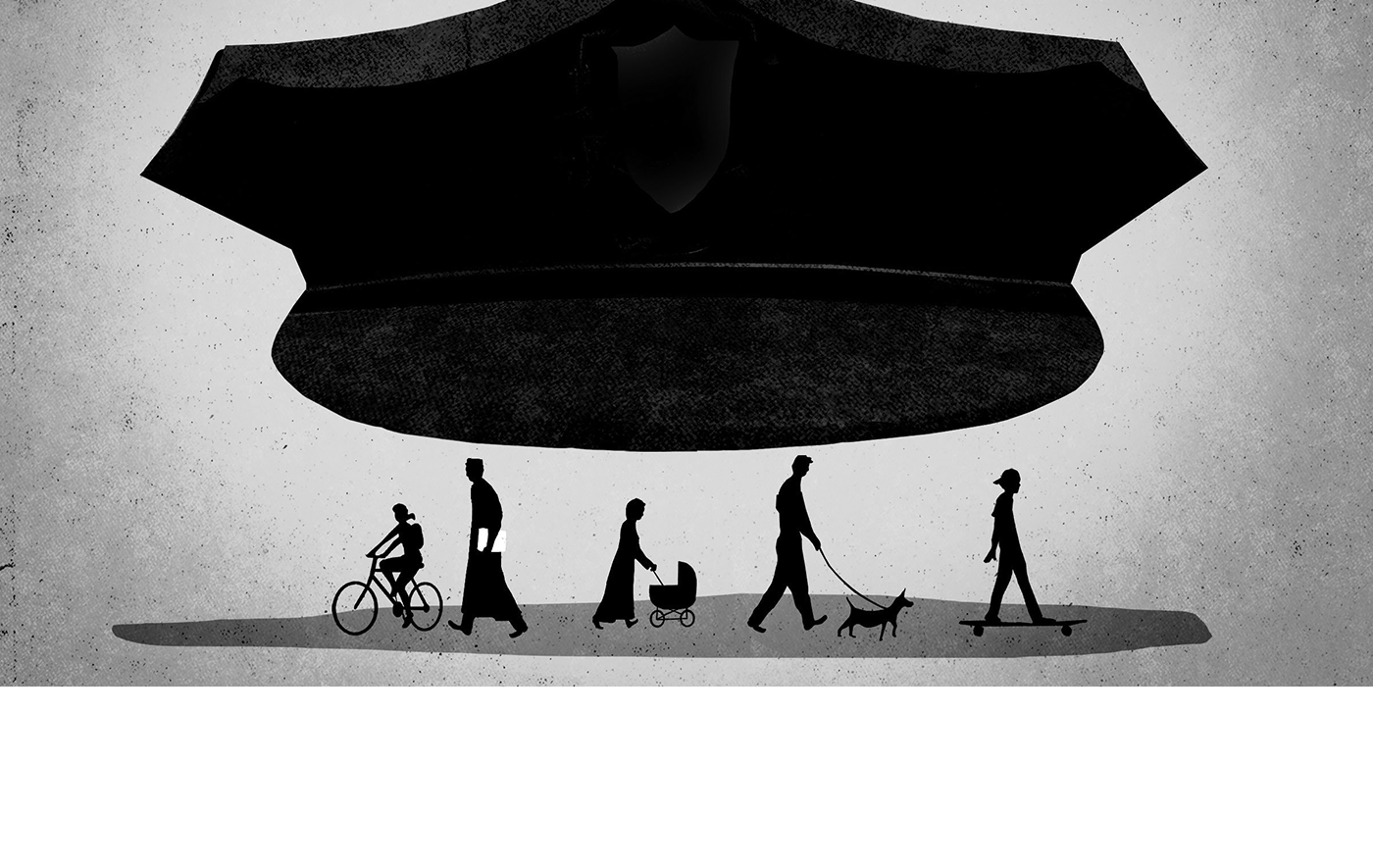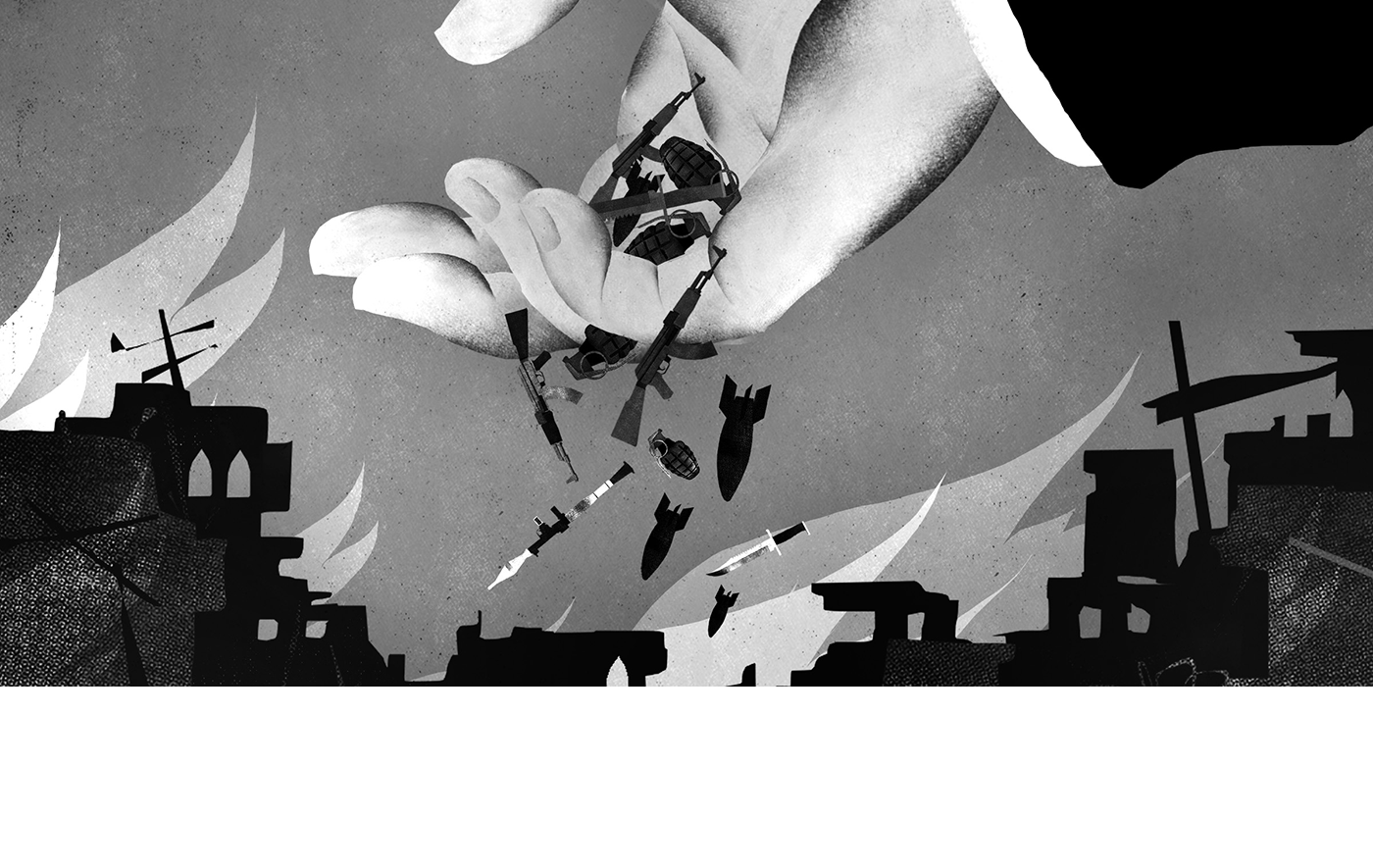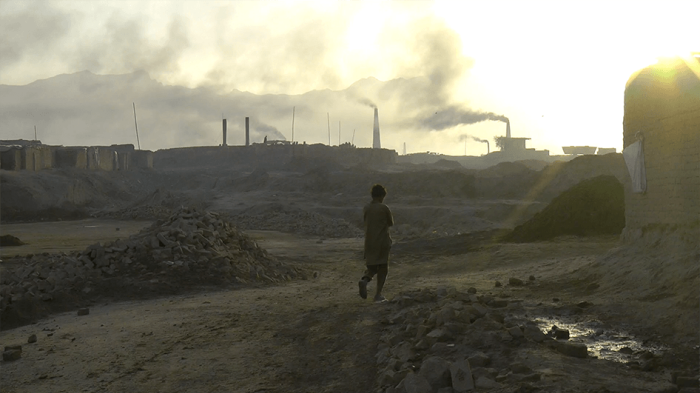As fighting continued between Taliban and government forces in Afghanistan in 2016, thousands of civilians were killed and injured in insurgent suicide and IED attacks. The Taliban claimed responsibility for many of these, but groups affiliating themselves with the Islamic State (also known as ISIS) claimed several particularly deadly attacks in Kabul.
The Afghan government continued to expand its use of illegal militias, some of which were responsible for killings and assaults on civilians. Afghan National Security Forces (ANSF) were also responsible for civilian casualties from indiscriminate aerial and mortar attacks. Both the Taliban and ANSF increasingly used schools for military purposes; such abuses, along with insecurity throughout the country, deprived many children, particularly girls, of access to education. Hundreds of thousands of Afghans became newly internally displaced, including many returned refugees and migrants.
Throughout the year, political infighting stalled progress on the National Unity Government’s reform agenda, threatening a political crisis over the government’s failure to hold district council and parliamentary elections on time, and meet the deadline for convening a constitutional Loya Jirga (grand assembly). The government made some progress in releasing women jailed for so-called morality crimes, but failed to end prosecutions of women for “running away.” The year saw no progress in the government’s vows to implement a national action plan to curb torture, or to hold accountable government officials responsible for attacks on journalists.
Armed Conflict
The United Nations documented 8,397 civilian casualties as of September 30, approximately the same as the record number set in the first nine months of 2015. The Taliban and other insurgents were responsible for 61 percent, most from IEDs and suicide attacks. Government forces, including unofficial militias, caused 23 percent of civilian casualties.
Kabul saw an increase in particularly deadly attacks, including an April 16 suicide truck bomb that detonated in a parking lot adjacent to the VIP Protection Force Directorate. The Taliban clamed responsibility for the blast, which killed 56 civilians and injured more than 300. On July 23, multiple suicide bombings at a large protest march made up primarily of ethnic Hazaras killed at least 80 and injured more than 250; groups affiliated with ISIS claimed responsibility for the attack. On August 24, insurgents attacked the American Univeristy of Afghanistan in Kabul, killing 14 students and lecturers.
Throughout 2016 both ANSF and insurgent forces raided and attacked medical clinics and hospitals. Early on February 18, Afghan police special forces raided a clinic run by the humanitarian organization Swedish Committee for Afghanistan, assaulted medical staff, and shot dead two patients, including a 16-year-old, and a 15-year-old caregiver. Witnesses reported that international military forces accompanied the Afghan forces, although they did not enter the clinic. Wardak provincial authorities justified the raid on the grounds the clinic was treating Taliban. On September 12, Taliban fighters dressed as doctors attacked the Mirwais Hospital in Kandahar city, apparently targeting the deputy governor who was visiting the facility. In the ensuing gun battle, one patient was killed.
Civilian casualties from ANSF operations during ground offensives also increased compared to 2015; most were due to indiscriminate mortar and rocket fire in civilian-populated areas. Aerial strikes—most from attack helicopters—resulted in a 72 percent increase in civilian casualties—the highest since 2011. Most victims were women and children.
The number of people internally displaced due to the conflict surged as fighting intensified in mid-year. More than 300,000 new internally displaced persons (IDPs) in 2016 brought the nationwide total to at least 1.3 million people. Humanitarian organizations reported that many IDPs were living in informal settlements where they lacked access to safe water, sanitation, health care, and education. Many returning refugees and migrants, most from Pakistan, joined the ranks of the IDPs.
In late 2015 through at least early 2016, the Taliban stepped up their recruitment of child soldiers, particularly in northeastern Afghanistan. While the government criminalized the recruitment of Afghans under 18 years of age, the practice continued, most notably among the Afghan Local Police (ALP), a militia force. Government forces, including the Afghan National Army (ANA), Afghan National Police (ANP), and ALP increasingly occupied or used schools for military purposes in contested areas. The practice was particularly acute in Baghlan and Helmand provinces. The United Nations also reported a significant increase in attacks against schools by both Taliban and groups affiliating themselves with ISIS.
As fighting intensified in northern provinces, Afghan officials reactivated pro-government militias to bolster security. In Faryab, Kunduz, and other provinces, these militia forces were accused of killing and assaulting civilians.
These recent attacks on civilians added to decades of armed conflict and insecurity, which have taken their toll on the population’s mental health. Health experts have voiced concern about the high prevalence of mental health conditions among Afghans, and the lack of community-based mental health services for those with psychosocial disabilities.
Women’s Rights
Members of parliament opposed to the landmark 2009 Elimination of Violence Against Women (EVAW) law, notably the parliamentary Judicial Commission headed by Nazir Ahmad Hanafi, continued their efforts to amend the law to remove provisions regulating the minimum age of marriage, prescribing punishments for domestic assault; and providing for women’s shelters. As of November 2016, the draft amendments were being considered by the parliamentary Commission on Women, Civil Society and Human Rights.
Although in December 2015 the Supreme Court issued a judicial ruling banning the imprisonment of women for running away from their families, the ban was limited to cases in which the women went to a medical provider, the police, or the house of a close male relative (mahram). As this was the practice before the ruling, the court’s action represented no real change. In many cases, women running away from home are fleeing domestic violence and forced marriages. The Afghanistan Independent Human Rights Commission reported that in the first eight months of 2016, it documented 2,621 cases of domestic violence, about the same as 2015, although the number is likely much higher due to underreporting.
On March 8, the Supreme Court granted significant sentence reductions to 13 men convicted of the murder of Farkhunda, a woman who was beaten to death by a mob of men in Kabul in March 2015 in a case that sparked widespread criticim of the police and judiciary. The court also reduced the sentences of nine other defendants who had been convicted of assault. Many of the men involved in the attack were never arrested.
In December 2015, the Afghanistan Independent Human Rights Commission issued a report documenting the widespread use of so-called virginity examinations on female detainees. Afghan police and prosecutors routinely order such tests on women in their custody, and use the results to charge women with “morality crimes.” President Ashraf Ghani reportedly ordered a review of the practice, but as of November 2016, no results had been announced.
The Afghan government reportedly finalized its implementation plan for the National Action Plan for Women Peace and Security, under UN Security Council Resolution 1325. However, as of November 2016, the government had not finalized a budget for the implementation plan.
In December 2015, Sima Joyenda, one of Afghanistan’s only two female governors, was removed from her post in the western Ghor province after she received a number of death threats. Joyenda was reappointed as deputy governor of Kabul province, but the case illustrates the continuing threats that female public officials face in Afghanistan.
Arbitrary Detention, Torture, and Discrimnatory Practices
Although President Ghani launched a national action plan to eliminate torture in early 2015, these was no progress on implementation through 2016, and the government did not make public information on investigations into cases of torture. In March, a smartphone video showing police in Kandahar beating a suspect and dragging him behind a truck was widely circulated on social media, prompting government officials to state that the incident had been investigated and those responsible punished. However, no details were forthcoming.
Afghan law criminalizes consensual same-sex sexual conduct, and there were reports of harassment, violence, and detentions by police. Advocates for the lesbian, gay, bisexual, and transgender (LGBT) community function largely underground out of fear of persecution.
Freedom of Expression
The year was the bloodiest on record since 2001 for Afghan journalists, with 12 killed in the first nine months of the year. Government or pro-government elements were responsible for most of the violence against journalists, followed by the Taliban. A January 20, 2016 suicide attack on a minibus in Kabul killed seven journalists affiliated with Tolo, one of the largest national media outlets. The Taliban claimed responsibility for the attack, which it described in a statement as “revenge” for “false allegations” made against the insurgent group.
On January 30, President Ghani issued a decree for the protection of journalists, ordering the Attorney General’s Office to “urgently” investigate all deaths of journalists since 2002 and publicize the results. As of November 2016, no results of any investigations had been made public.
Following an incident on August 29, in which Ghani’s security detail beat nine journalists during a visit to Bamiyan city, the National Security Council approved the Procedure for Immunity and Security of Journalists and the Press, aimed at protecting journalists from violence.
The implementation of the Access to Information Law, which came into effect in 2014, remained limited. In his January 2016 media decree, President Ghani urged officials to provide information to journalists in a timely manner. But in September 2016, the Oversight Commission on Access to Information reported that the government was failing to share information with journalists.
The Media Violations Investigations Commission, which the government had dissolved in 2015 in response to demands by media watchdogs, was reinstated. The minister of information and culture oversees the commission. Powerful individuals, mostly government officials, have used the commission as a tool to intimidate and silence journalists.
Key International Actors
The US military in May 2016 released a report on the October 2015 airstrike on a Medecins Sans Frontieres (Doctors Without Borders) hospital in Kunduz that killed 42 and wounded dozens more. The report concluded that US personnel had committed violations of international humanitarian law during the operation, yet because there was no showing that the personnel acted deliberately, did not recommend that any criminal charges be brought.
At the NATO Summit in Warsaw on July 8-9, member states pledged to sustain the Resolute Support mission in Afghanistan beyond 2016 and continue the mission’s training and financial assistance to Afghan security forces through 2020. At the summit, NATO members endorsed a new policy for protecting civilians that included measures to monitor its own actions in conflict areas and respond to those of partner states.
The US government did not clarify the overarching military objectives of US or NATO military forces supporting Afghan security forces. As of June 15, the US authorized its forces to “more proactively support” ANSF through providing “close air support” and “accompanying and advising Afghan conventional forces.”
The US continued to carry out counterinsurgency operations in Afghanistan, often partnering with Afghan Special Forces units in ground operations. The US carried out airstrikes on a level not seen since 2011 in battles in Helmand, Kunduz, and Uruzgan when Taliban forces threated to take over provincial capitals, and against Taliban and groups affiliating themselves with ISIS, particularly in Nangarhar. More than 100 civilians were reportedly killed by US airstrikes in the first half of 2016.
Noting Taliban gains and continuing insecurity in Afghanistan, on July 6, US President Barack Obama announced a revised withdrawal timetable to leave 8,400 troops in Afghanistan by the end of December 2016. Germany, Turkey, and Italy agreed to keep their deployments in Afghanistan at current levels of 850, 760, and 500 troops, respectively, after 2016. The UK increased its troop commitment, adding 100 additional forces in July 2016.
India committed to defense and counterterror cooperation and promised assistance in education, health, agriculture, empowerment of women, infrastructure and strengthening of democratic institutions, but did not call for human right protections.
The International Criminal Court continued its preliminary examination of allegations of serious international crimes in Afghanistan, which it began in 2007.
At the Brussels Conference on Afghanistan in October 2016, donors committed US$15.2 billion to the Afghan government, but specified no concrete human rights benchmarks for that assistance.
Triggered by a surge in the return of refugees and migrants from Pakistan, in September the UN high commissioner for refugees launched an emergency appeal for Afghanistan to provide humanitarian assistance to an unprecedented number of returnees, along with hundreds of thousands of those newly displaced by the expanding conflict.
